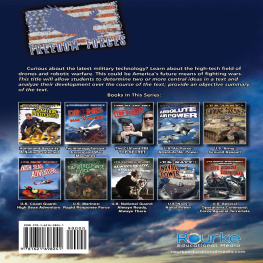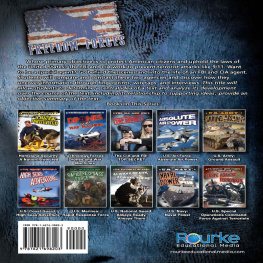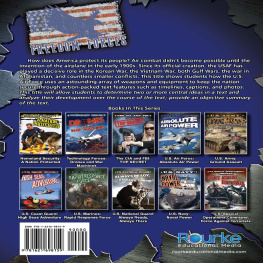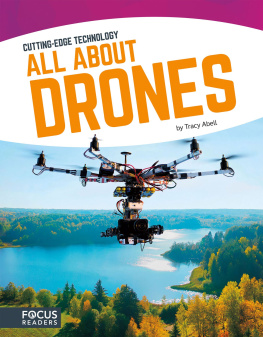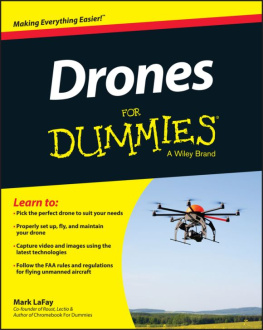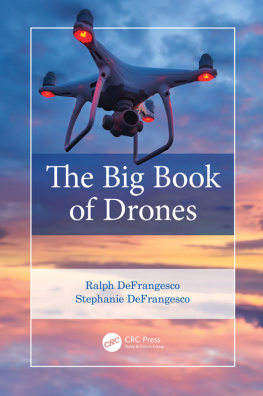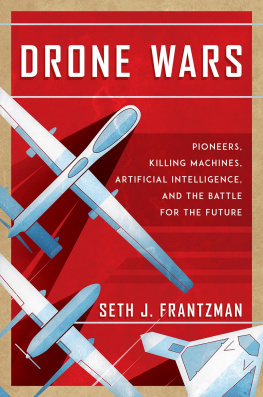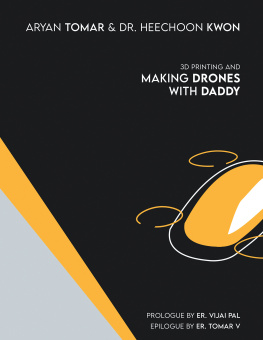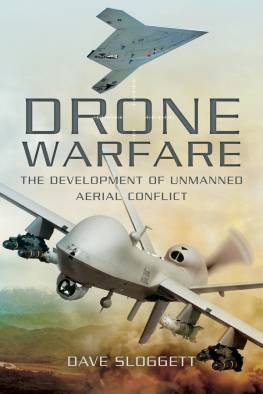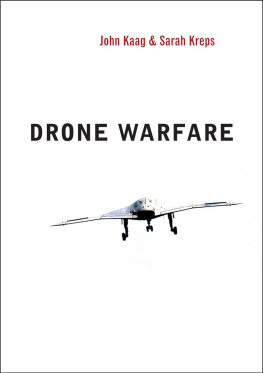Table of Contents
Guide
Level: s Word Count: 1,098 Words
100th Word: and
Content Area Vocabulary:
Read the list. What do these words mean?
accuracy
aircraft
civilians
crew
drone
explosive
missile
navigation
spying
terrorist
Building Background Knowledge
Before reading a book, it is important to tap into what your child or students already know about the topic. This will help them develop their vocabulary, increase their reading comprehension, and make connections across the curriculum.
| Look at the cover of the book.
What will this book be about? |
| What do you already know about the topic? |
| Lets study the Table of Contents.
What will you learn about in the books chapters? |
| What would you like to learn about this topic?
Do you think you might learn about it from this book? Why or why not? |
| Use a reading journal to write about your knowledge of this topic. Record what you already know about the topic and what you hope to learn about the topic. |
| Read the book. |
| In your reading journal, record what you learned about the topic and your response to the book. |
| Complete the activities at the end of the book. |

2014 Rourke Educational Media LLC
All rights reserved. No part of this book may be reproduced or utilized in any form or by any means, electronic or mechanical including photocopying, recording, or by any information storage and retrieval system without permission in writing from the publisher.
www.rourkeeducationalmedia.com
PHOTO CREDITS: Cover photo: U.S. Air Force photo/Staff Sgt. Brian Ferguson, sky Alexey Repka, radar argus; Title Page flag SFerdon; Pages 4/5 drone U.S. Army photo, map pavalena, Bin Laden FBI photo; Pages 6/7 main photo courtesy of DARPA, RQ-170 photo Truthdowser; Page 8 German Federal Archive; Page 9 Ben_pcc; Pages 10/11 US Defense Imagery, TSGT FRANK GARZELNICK, US Air Force; Pages 12/13 photos by Staff Sgt. Brian Ferguson, Technical Sergeant Ben Blocker, US Air Force; Page 14 map ildogesto; Page 15 top photo Bukvoed, bottom photo aick; Pages 16 courtesy NASA; Page 17 courtesy U.S. Air Force; Pages 18-21 US Air Force; Pages 22-24 U.S. Navy photos; Page 25 courtesy of Customs and Border Protection photographer Gerald L. Nino; Pages 26/27 main photo PJF, inset photo U.S. Navy/Northrop Grumman/Kelly Schindler; Pages 28-29 Wright Brothers photo John T. Daniels, other photos courtesy of U.S. Air Force and U.S. Navy
Edited by Precious McKenzie
Designed and Produced by Blue Door Publishing, FL
Library of Congress Cataloging-in-Publication Data
U.S. Technology Forces: Drones and War Machines / Sneed B. Collard III
p. cm. -- (Freedom Forces)
ISBN 978-1-62169-929-3 (hard cover) (alk. paper)
ISBN 978-1-62169-824-1 (soft cover)
ISBN 978-1-62717-033-8 (e-book)
Library of Congress Control Number: 2013938881
Rourke Educational Media
Printed in the United States of America,
North Mankato, Minnesota


rourkeeducationalmedia.com
PO Box 643328 Vero Beach, Florida 32964
CHAPTER ONE
SILENT OBSERVERS
On May 1, 2012, U.S. Special Forces swarmed into a three-story compound in northeast Pakistan. Inside the compound lived the worlds most wanted terrorist, Osama Bin Laden. In 2001, Bin Laden had masterminded the devastating 9/11 attacks on the Pentagon and New York Citys World Trade Center. For more than a decade, the United States had hunted Bin Laden. Now, finally, the Central Intelligence Agency had located the terrorist. As American soldiers closed in, a powerful new weapon flew silently in the skies above, an aircraft called a drone.

The U.S. Armys MQ-1C Gray Eagle became operational in 2009, and can carry weapons or equipment to disrupt enemy communications.
Drones go by many names, including unmanned aerial vehicles and remotely piloted aircraft. Basically, they are aircraft that do not have pilots sitting in them. The drone involved in the attack on Osama Bin Laden was an RQ-170 Sentinel. In the months before the attack, the RQ-170 spied on the terrorists compound, recording movements in and out of it. The night of May 1, 2012, U.S. President Barack Obama probably watched the attack live through an RQ-170 camera. The images made one thing clear: unmanned aircraft are changing the very nature of warfare.

The Navys X-47B illustrates stealth technology in drones. The planes materials and wing design deflect and absorb radar signals, making the drone almost impossible to detect.
The RQ-170 Sentinel, used to plan and execute the attack on Osama Bin Laden, came equipped with advanced cameras and stealth technology that made it difficult for enemy radar to detect.
CHAPTER TWO
UNMANNED HISTORY
Ever since the Wright Brothers flew the first successful airplane, people have tinkered with creating unmanned aircraft. During World War I and II, several nations designed unmanned airplanes. The most famous of these was Germanys V-1 flying bomb during World War II. This primitive aircraft carried a single, 1900-pound (861 kilogram) explosive. Simple navigation instruments kept it flying toward its target. Once a counter estimated it had traveled the right distance, the V-1 would simply plunge to earth and explode.
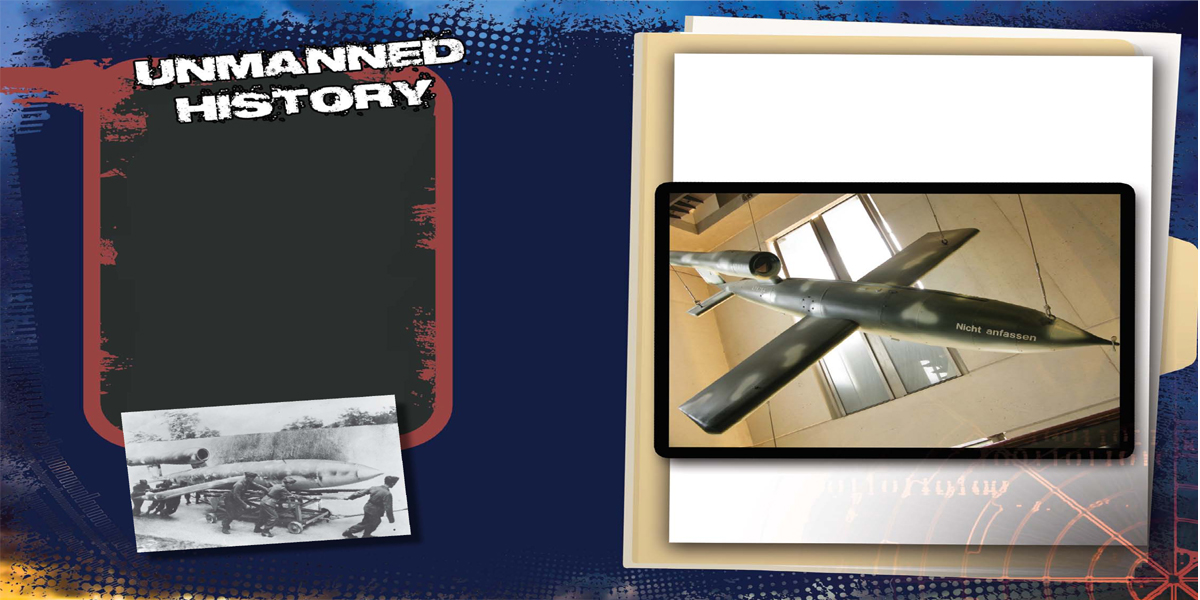
Germany launched about 19,000 V-1s at England and other targets during World War II. Most crashed, were shot down, or missed their targets. Even so, they killed or injured more than 20,000 people in England alone.
The V-1 flying bomb was known as the Cherry Stone during its initial development. Later on, it was called the buzz bomb or doodlebug because of the sound that it made.
During the next several decades, many countries developed more advanced drones. The United States built radio-controlled drones as decoys, training targets, and spy planes. During the Vietnam War, the United States Air Force sent more than 3,400 drones to spy on North Vietnam and surrounding areas. These drones were launched from other aircraft, or used a

